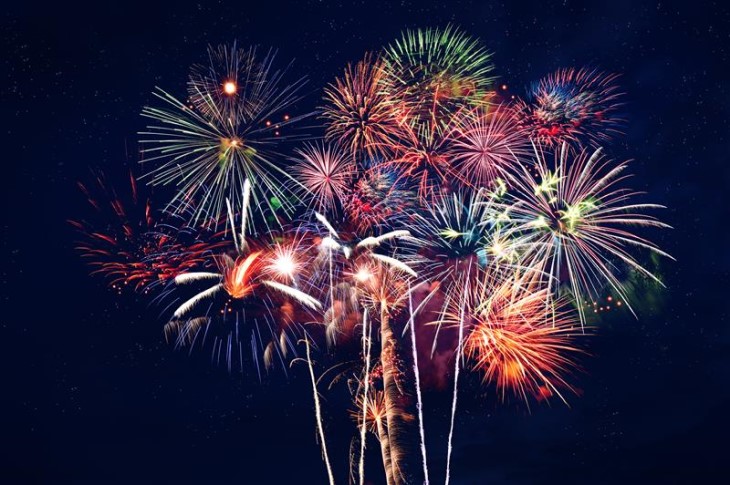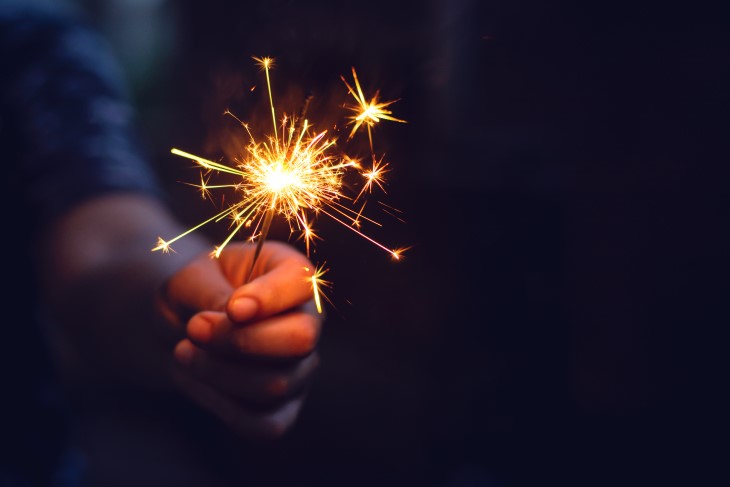Keeping our mokopuna safe around fireworks
Think about your kids. That’s the message from ACC around fireworks as we look ahead to Guy Fawkes Day and the upcoming festive season.
On average, we accept around 300 new claims every year for fireworks-related injuries.
Our data shows children under the age of 10 make up around a quarter of the people getting injured each year.
Fireworks injury claims peak in November with more than half of the injuries happening during this month.
ACC Injury Prevention Leader James Whitaker says people need to take the risk of injury on Guy Fawkes and New Year’s Eve seriously.
“Our data shows many injuries from fireworks are predictable – and this means they’re preventable,” he says.
“Some of these injuries can be life-changing, so it’s best to avoid them.”
Enjoy the show to stay safe
If there’s a public fireworks display in your area, James encourages you to head along to that and enjoy the show, rather than lighting your own.
“If you’re planning to light fireworks this Guy Fawkes or New Year’s, think about the risks first,” he says.
“Check the advice on the Fire and Emergency website for guidance on how to safely light fireworks.”

Looking after our tamariki
James says the number of children getting injured by fireworks is concerning.
“No one wants their kids to get hurt, so please think about how your actions might harm others,” he says.
“Think about the things you can do to keep tamariki safe, like making sure they can’t touch sparklers and other fireworks while they’re still burning hot, and supervise them at all times.
“This will help to ensure you and your whānau have a memorable time for all the right reasons.”
Not surprisingly, burns are the most common injury around fireworks, with hands and wrists the most common part of the body to be injured every year.
Young men and children are among those most likely to be injured.
The toll of unwanted fires
Fire and Emergency Community Education Manager Tom Ronaldson says fireworks cause unwanted fires and the toll these fires can take is significant.
“Since 2019, we’ve seen 676 fires caused by fireworks, 513 of which were vegetation fires,” Tom says.
“One fire caused by fireworks is too many. It’s a preventable fire we have to attend. It’s also a totally unnecessary fire that may take our crews away from another emergency.
“We’d rather people didn’t buy fireworks but if they are going to, then before lighting them they should always check it's safe to do so.”

Fire and Emergency NZ tips
- Check the conditions: Don’t light fireworks in windy or dry conditions
- Pick a safe spot: Light your fireworks in a wide-open area, away from anything that could catch fire – like dry grass, leaves, crops, hedges, shelter belts or flammable gases or liquids
- Have safety gear nearby: Keep a bucket of water, hose or fire extinguisher handy
- Adults-only: Children should be kept a safe distance away
- Point them to the stars: Fireworks shouldn’t be pointed at people, pets or at anyone’s homes – in fact, don’t hold them in your hand to light them at all, unless they’re designed for that (e.g. sparklers)
- Dispose safely: Soak fireworks in water before throwing them out
More information
For more fireworks safety tips, head to the Fire and Emergency NZ website.




